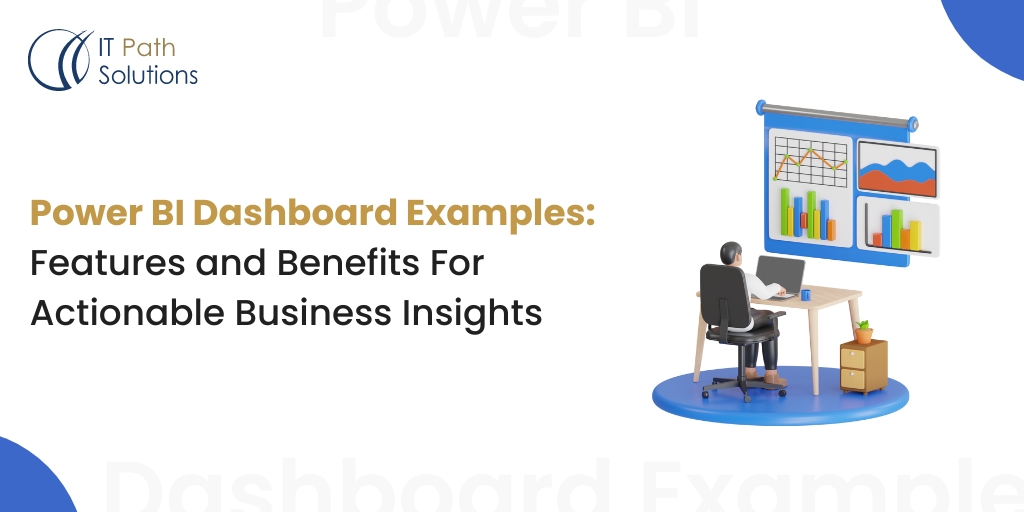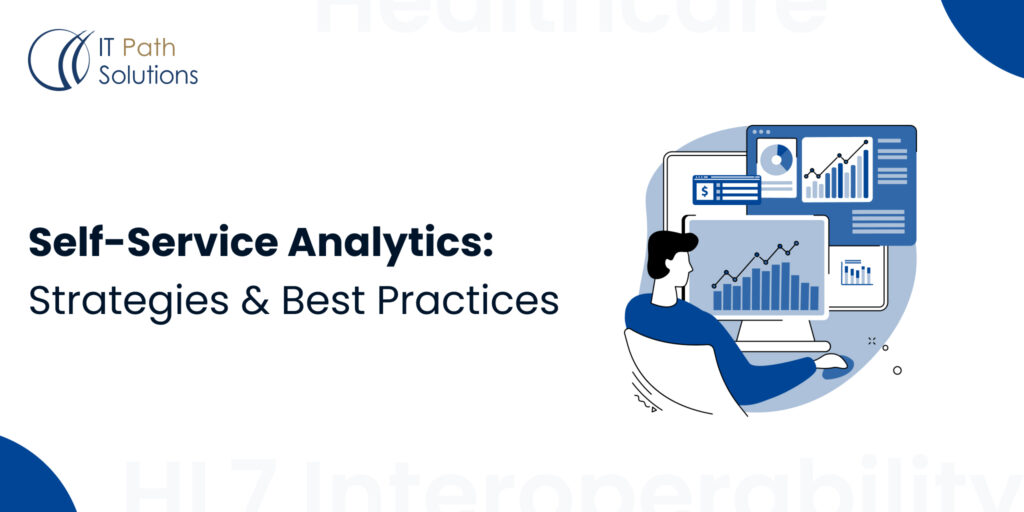Power BI’s Integration with AI and Machine Learning
Power BI
Organizations are constantly seeking ways to gain a competitive edge. The ability to harness and analyze data is critical for making informed decisions and driving growth. Microsoft’s Power BI is a popular business intelligence tool that empowers businesses to visualize and analyze their data effectively. But what happens when you combine the power of Power BI with artificial intelligence (AI) and machine learning (ML)? You unlock a world of endless possibilities and insights.
This blog will explore the integration of AI and ML with Power BI, delving into the benefits, use cases, and how this synergy can revolutionize business insights.
The Power of Power BI
Before we dive into the realm of AI and ML, it’s essential to understand why Power BI is already such a valuable asset for businesses. Power BI is a data visualization and business intelligence tool developed by Microsoft. Our Expert Power BI Solutions helps users to connect to various data sources, transform raw data into meaningful insights, and create interactive reports and dashboards. The tool’s user-friendly interface and robust capabilities make it accessible to both business analysts and data scientists.
Power BI enables organizations to:
- Data Visualization: Power BI allows for visually appealing data representations, making complex information more accessible and understandable for everyone in the organization.
- Data Transformation: Users can clean, transform, and model data within Power BI to prepare it for analysis and reporting.
- Data Connectivity: It can connect to a wide range of data sources, including databases, cloud services, and on-premises data.
- Data Sharing: Users can share reports and dashboards with stakeholders and collaborate effectively.
- Real-time Analytics: Power BI offers real-time streaming and analytics capabilities, enabling businesses to stay updated with the latest data.
Power BI has been instrumental in improving decision-making, enabling organizations to monitor performance, and helping them uncover hidden insights. However, it becomes even more potent when combined with AI and ML.
Power Bi Integrating Ai and Machine Learning
The integration of AI and ML with Power BI extends the capabilities of the tool and elevates it to a whole new level. Here’s how this integration works and why it’s essential for businesses:
Predictive Analytics: Power BI can leverage machine learning models to predict future trends and outcomes. For example, a retail company can use AI algorithms to forecast sales and optimize inventory, while a healthcare provider can predict patient admission rates to allocate resources efficiently.
Natural Language Processing (NLP): By integrating NLP models into Power BI, organizations can analyze unstructured text data, such as social media comments or customer feedback. This allows for sentiment analysis, enabling businesses to understand customer sentiment and make data-driven improvements.

Anomaly Detection: Machine learning models can be used to detect anomalies in data. Power BI can automatically flag unusual patterns or outliers, helping organizations identify potential issues or opportunities. For instance, in finance, it can detect fraudulent transactions, while in manufacturing, it can identify defects in production processes.
Image Recognition: AI models can be trained to recognize images. Power BI can integrate image recognition to analyze visual data, such as identifying product defects on a production line or recognizing objects in a retail environment.
Personalized Insights: AI-driven personalization can enhance the user experience. Power BI can provide individualized insights to users based on their historical data and behavior, making the tool more valuable for end-users.
Chatbots: Integrating chatbots with Power BI enables users to interact with their data through natural language conversations. Users can ask questions and receive instant insights and reports, making data access more intuitive.
Benefits of AI and ML Integration with Power BI
The synergy between Power BI and AI/ML offers several significant benefits for businesses:
Enhanced Data Accuracy
AI and ML models can clean and prepare data, reducing errors and inconsistencies. This leads to more accurate insights and better decision-making.
Time Savings
Automation of data preparation and analysis saves time for analysts and data professionals, allowing them to focus on more strategic tasks.
Improved Decision-Making:
AI-powered predictions and recommendations empower organizations to make informed decisions quickly.
Real-time Insights:
AI and ML enable real-time data analysis, ensuring that businesses stay updated with the latest information.
Increased Productivity:
With automated insights, businesses can be more productive and proactive, addressing issues and opportunities as they arise.
Use Cases for Power BI with AI/ML Integration
Let’s explore some real-world use cases to understand how Power BI’s integration with AI and ML can drive valuable insights in various industries:
Retail: Predictive analytics can help retailers optimize inventory, pricing, and sales forecasting. Image recognition can be used for visual search or identifying customer sentiment through product images shared on social media.
Healthcare: Healthcare providers can predict patient admission rates, optimize resource allocation, and even develop personalized treatment plans for patients. AI can assist in medical image analysis, helping radiologists detect anomalies more efficiently.
Finance: Anomaly detection can identify potentially fraudulent transactions or unusual market behavior. AI-driven chatbots can provide customer support and financial advice.
Manufacturing: AI and ML can be used for predictive maintenance, reducing downtime and optimizing production processes. Image recognition can identify defects in real-time, ensuring product quality.
Marketing: Marketers can leverage NLP for sentiment analysis in social media and customer reviews. AI-driven personalization can enhance customer engagement and recommendation systems.
Challenges and Considerations
While the integration of AI and ML with Power BI offers tremendous benefits, there are also challenges to consider:
Data Quality: AI and ML models heavily rely on data quality. It’s crucial to ensure that data is clean, accurate, and relevant to avoid biased or erroneous insights.
Model Training: Developing AI/ML models requires expertise and effort. Organizations must invest in model training and fine-tuning to achieve the best results.
Data Security: With more data being processed and shared, data security and privacy become critical concerns. It’s essential to implement robust security measures to protect sensitive information.
User Training: End-users may need training to fully utilize the enhanced capabilities of Power BI with AI and ML. Ensuring that users can make the most of these tools is crucial for maximizing their value.
Conclusion
Power BI’s integration with AI and ML is a game-changer for businesses seeking to unlock valuable insights from their data. This synergy empowers organizations to leverage predictive analytics, NLP, image recognition, and more, offering a deeper understanding of their data and driving better decision-making.
As the world of data analytics continues to evolve, the integration of AI and ML with Power BI opens up new possibilities for businesses in various industries. Our Power BI Solutions enables them to stay competitive, respond to changing market dynamics, and innovate in ways that were once unimaginable. Whether you’re in retail, healthcare, finance, manufacturing, or marketing, the combination of Power BI with AI and ML is a transformative force that can help you unlock a wealth of business insights.
 Healthcare
Healthcare  Education
Education  Real Estate
Real Estate  Logistic
Logistic  Fitness
Fitness  Tourism
Tourism  Travel
Travel  Banking
Banking  Media
Media  E-commerce
E-commerce 




